The Chinese artist explains why his method of practising hand movements has its origin in the jungle
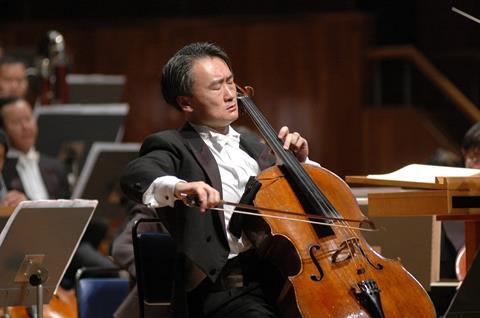
I started thinking about cello technique while watching a National Geographic documentary about gorillas. They’re superb machines, completely unconscious of the mechanics of movement. They are so fluid and relaxed. At that moment I had an epiphany about my playing. My goal became to be completely natural and instinctive in the use of both my hands.
When confronted with a difficult technical passage, I picture where I want my fingers to go, then I try to coerce my body to make the motions by itself. I decide how long a beat will be and my fingers must follow by fitting in the notes. To achieve this I practise scales slowly, so that my hands form the correct shape and learn where to go by themselves. I don’t use a metronome because I want to develop control of rhythm within my body. I play softly and try to put as many notes as possible in one bow – many students have good control in the middle of the bow, but not at the tip and frog. Bow speed is like the breath of a singer.
This is how I think you should practise scales
- Start with two notes per bow very slowly, avoiding open strings as much as possible. Otherwise you will only remember first position and in a concerto or sonata we generally don’t use open strings.
- Play four notes per bow so that the bow is moving at the same speed as before but the left hand is going twice as quickly. Again avoid open strings. Play as many octaves as possible.
- Increase the speed to eight notes per bow with a slightly faster tempo, then 16 notes, and finally the whole scale in one bow. Use one bow up the scale and one bow descending. It helps to play really softly.
It surprises me how many students don’t know how to practise slowly. If you can’t play a passage at half speed, how can you learn to perfect your intonation, shifts and string crossings? By playing too quickly students reinforce and practise mistakes instead of making the work perfect with good shifts and intonation. They just build on what is wrong.
I used this practice technique for many years. Now I don’t, except when I’ve been performing many concerts and feel that my playing is getting dirty. Then I will stop to clean up my playing by working on this exercise.
When I was little I did nothing but exercises. Growing up in China we used hand-copied violin music – there was no cello music. Studies for cello were also not available and the exercises I learnt were written for violin. I believe you should never tackle a piece that is too hard. Technique should be learnt in exercises so you will be prepared for a piece.
My father was a cellist and was very careful to never give me something that I couldn’t master. I have seen talented kids who play pieces that are too difficult. They hide their deficiencies in a technical way by twisting the music. The music should not be changed because of an inadequate technique. This will always catch up with you.
Interview by Laurinel Owen
This article was first published in The Strad's December 2005 issue.


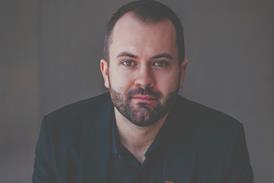
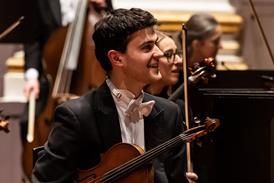
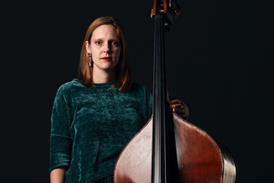

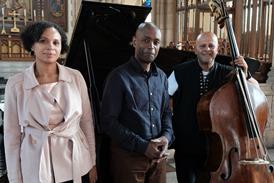



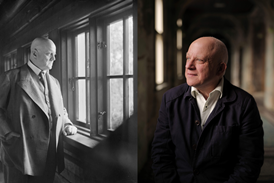

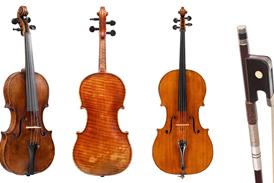
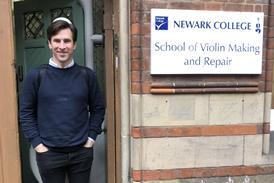
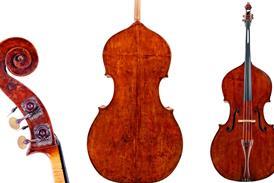
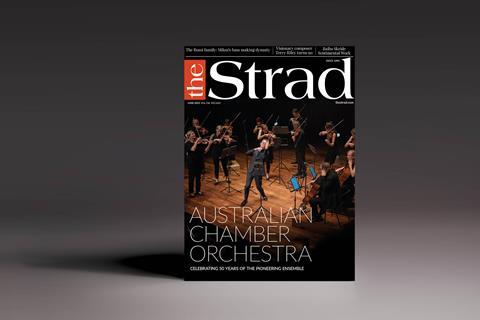




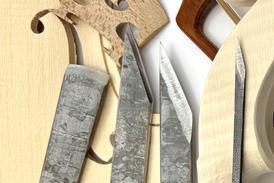
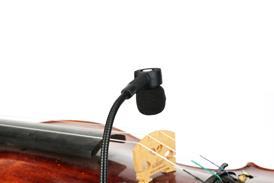
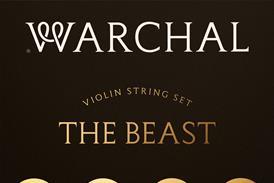












No comments yet